Aurora: What Is It And Where To Watch It in 2024?
17th Mar 2023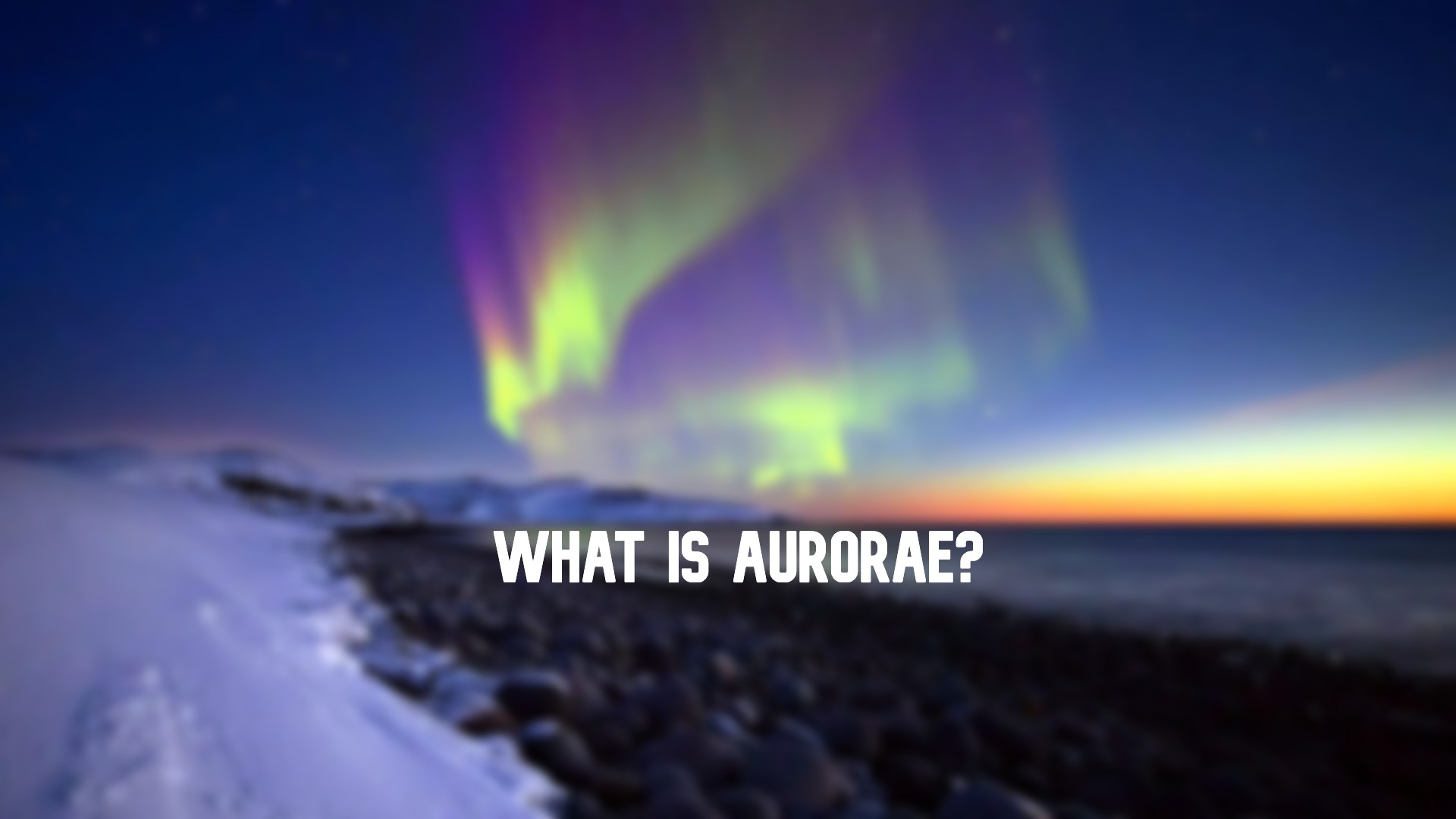
The northern lights are one of the most beautiful natural phenomena on our planet. Imagine that you are observing multi-coloured pulsating glows of great length (up to 3000 km) as if someone had painted the sky in swaths of bright colours with a huge brush. The spectacle is mesmerizing, and it looks like magic. In fact, the aurora is a unique but quite understandable and predictable atmospheric phenomenon that can be observed with the naked eye. Let’s find out what causes aurora, as well as where and when it can be observed.
Why is it called Aurora?
The phenomenon was named after the goddess of the morning dawn in Roman mythology. The ancient Romans believed that Aurora brought light to the gods and people, so they depicted her with a solar disk, a halo or a crown of rays around her head, or a burning torch in her hands, with which she lit up the sky with reddish-pink lights, announcing the approach of the Sun. The nature of Aurora, as a phenomenon, looks much more prosaic.
How is Aurora formed?
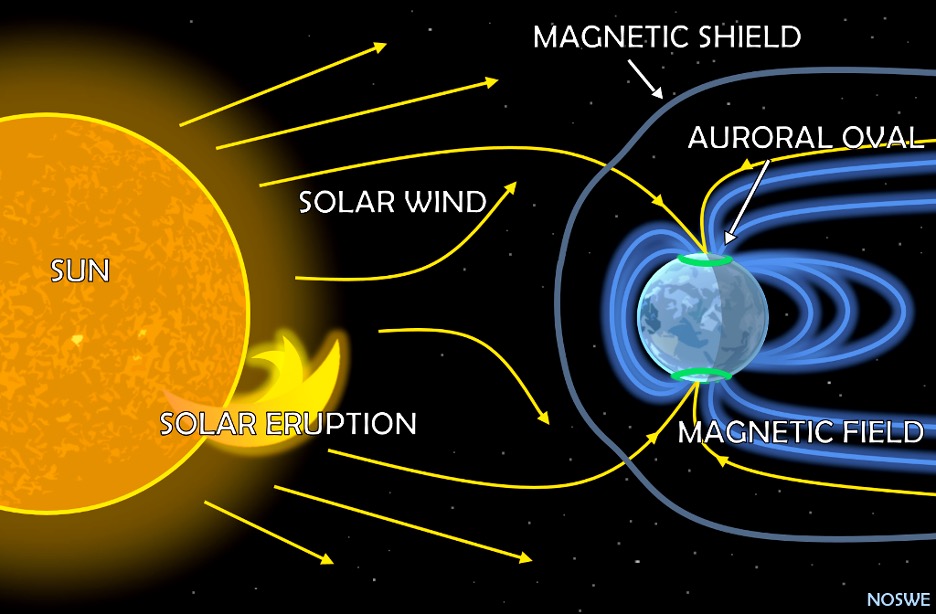
The sky glow effect is due to the presence of a dense atmosphere and magnetosphere on our planet. When the solar wind reaches the upper atmosphere, its charged particles interact with the magnetosphere, and free electron flows begin to move towards the poles. This is why the aurorae are also called the northern and southern lights. Due to collisions with particles of the solar wind, the atoms of atmospheric gases lose their electrons, and excited ions emit photons of light of different wavelengths.
How are northern lights formed is affected by solar activity. During strong space hurricanes, the outbreaks are larger and stronger. The most common aurorae are observed at the peaks of the solar cycle (every eleven years) and within two to three years after them.
By the way, the Earth is not the only planet in the solar system on which such phenomena occur. Scientists have recorded them on all other planets except for Mercury (there, the atmosphere is practically absent). And on Saturn, aurorae are the highest — 1200 km – due to a strong magnetic field.
What are the two types of Aurora?
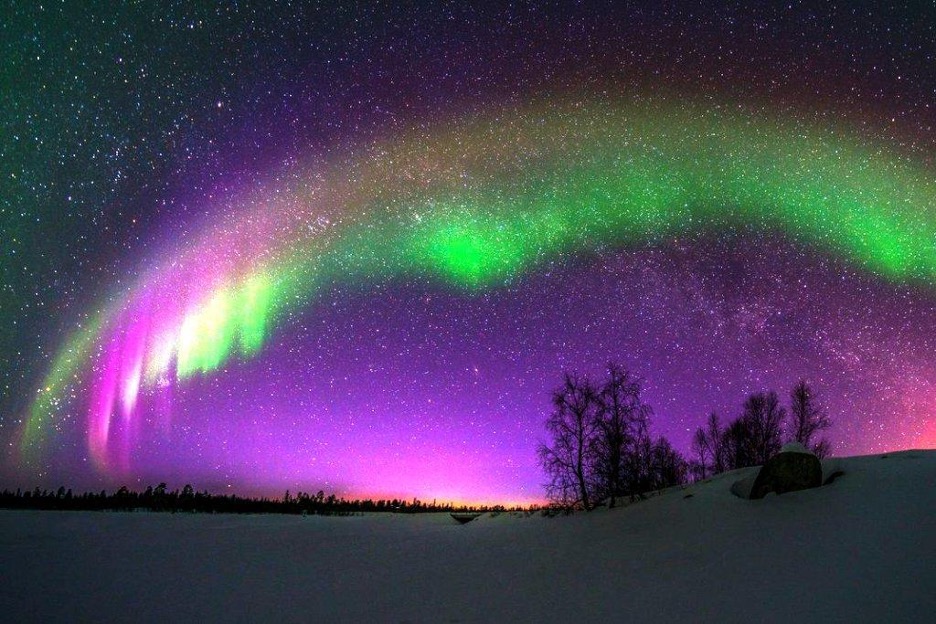
Aurorae are subdivided into diffuse and discrete. The first looks like a glow in the sky, which can be seen even during the day. The second ones differ in brightness, but they can only be detected at night.
Also, they differ in colour. What colour are the northern lights depends on the planet’s atmospheric composition. On Earth, most of them are in the visible spectrum. At altitudes of about 80 km, where there is more oxygen, yellowish, green, and red hues are usually observed. Above, up to 300 km, where nitrogen predominates — purple, blue, and violet. Mars and Jupiter polar aurorae, thanks to hydrogen, are ultraviolet. But on Venus, they are bright and diffuse spots of various shapes and intensities, affecting the entire planetary disk. So the auroras on Venus are not exactly polar. More specifically, they are not polar at all, and they are most clearly visible on the night side of the planet.
Predicting Aurorae
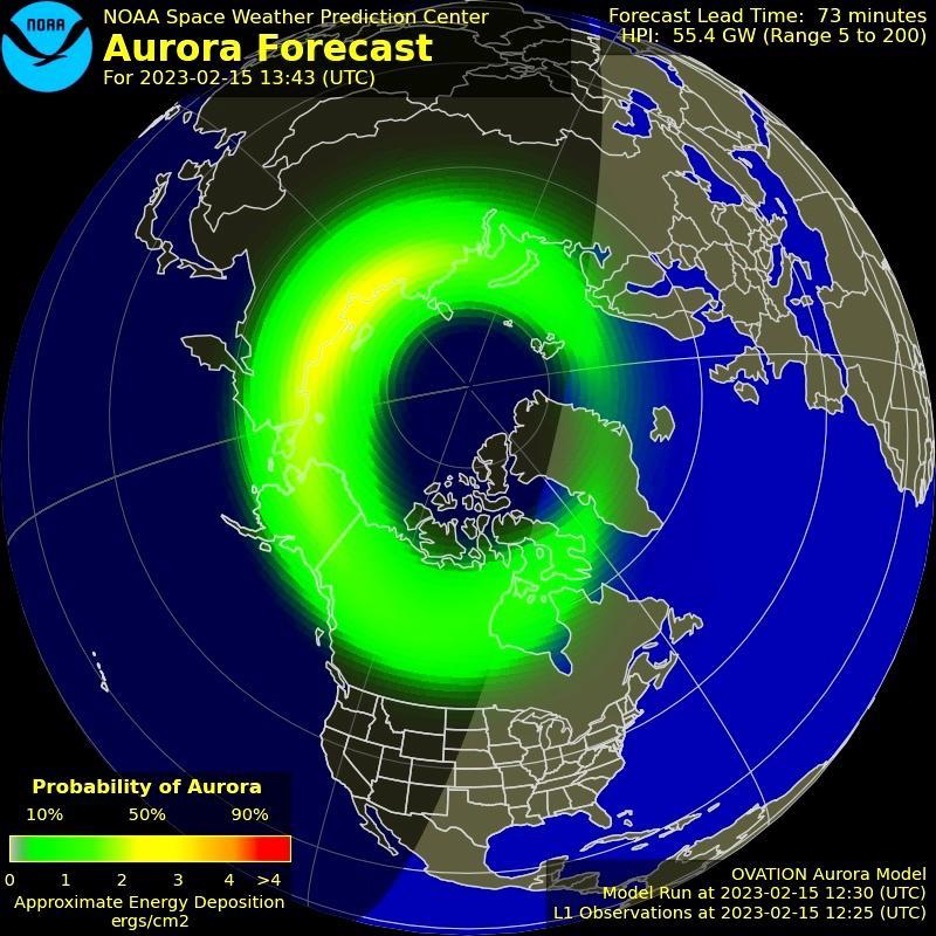
There are several large institutions involved in forecasting such phenomena. One of the best projects, AuroraWatch UK, uses unique SAMNET and AuroraWatchNet magnetometers to measure geomagnetic activity.
All predicting aurorae processes are automated, which allows service users to understand exactly when the aurora will be visible from the UK with a high degree of probability. You can follow the information provided on the site or use the application of the same name, the data for which is provided by Lancaster University.
How to photograph the northern lights
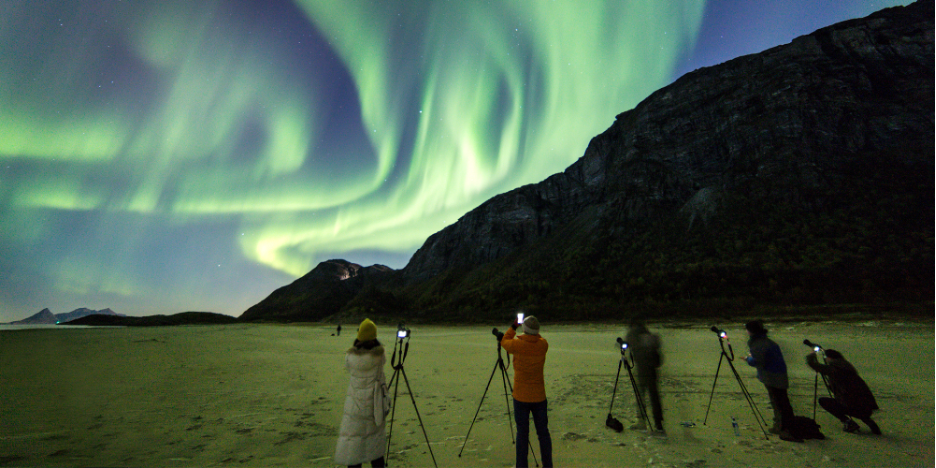
The best time is at night. What do the northern lights look like in pictures depends on the camera type and quality. It is advisable to use a reflex camera with a good lens and set the following settings:
- Aperture ─ not less than f / 2.8 (maximum possible);
- ISO ─ from 3200 to 8000;
- White balance ─ 3500K;
- Exposure ─ depending on the activity of the radiance: 1 ─ 12 seconds.
The faster the picture changes, the faster the shutter should work. Use only manual focus and reduce the display brightness to a minimum for a more realistic effect. Shoot in RAW format, and turn off noise reduction at slow shutter speeds so you don’t miss a single detail.
When is the best time to see the northern lights?
The northern lights phenomena usually occur in early autumn and spring, so go on a photo hunt in September or October, or in March or April. The winter is a fine time, too. It lasts long in the North, so you can see even the faintest glow in detail. The best time to watch it is midnight.
Where Can You See the Northern Lights
The celestial phenomenon is best seen near the magnetic poles. As a rule, aurora zones are located at a distance of 10-20 degrees from the Arctic Circle, and during geomagnetic storms, they spread to lower latitudes.
When can you see Northern Lights in Iceland
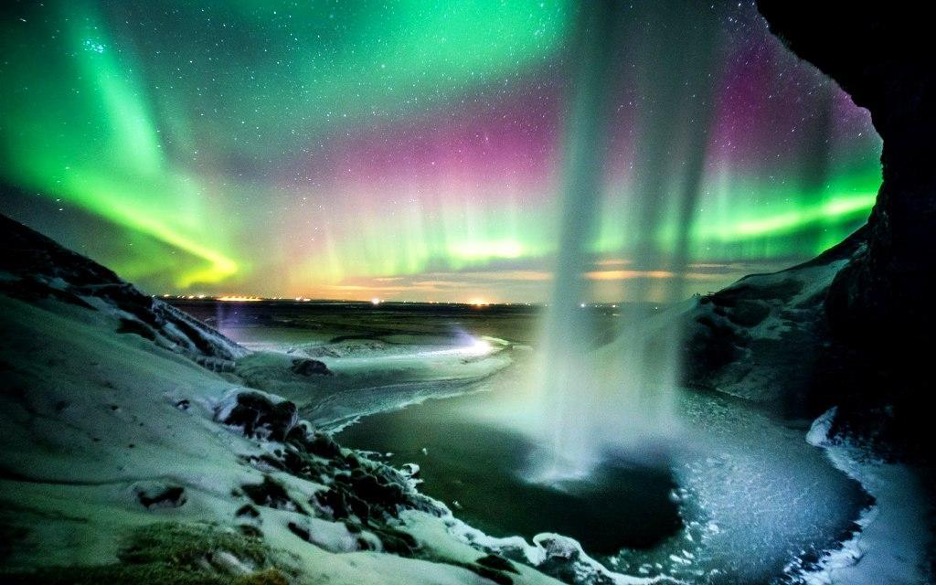
During clear skies here, simply pointing the camera at the Northern Hemisphere is enough to capture this phenomenon in the frame. The best time for observation is from September to March. Aurorae are most often seen during the equinoxes, when the solar wind is directed at an optimal angle to the Earth. Arrive about five days before the new moon for the most impressive shots.
When is the best time to see northern lights in Norway
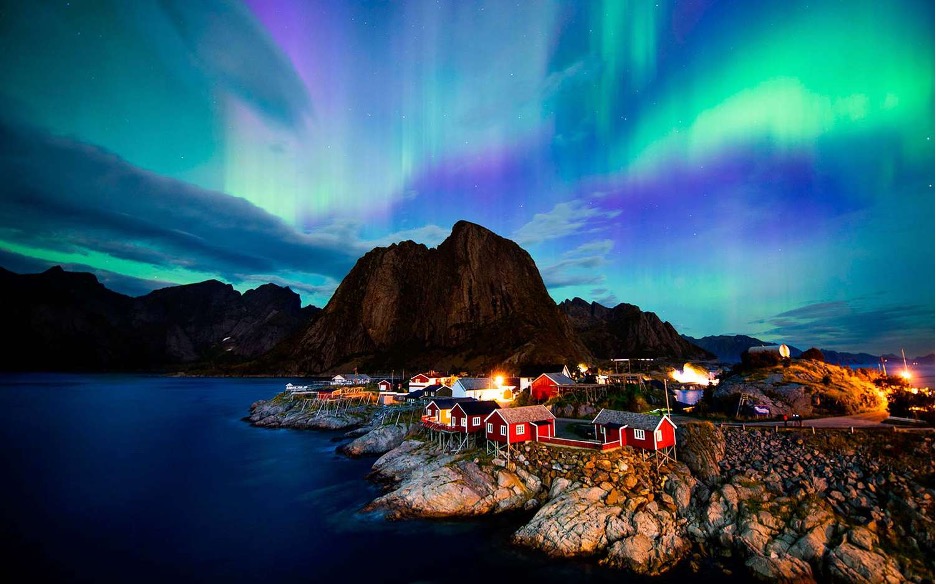
Here, you can catch the phenomenon from late September to early April. The best months to shoot are September and March (early autumn and late winter), as the sun will be at its peak. You can come in the summer, too — preferably to the northern regions. As for the best viewing time, the most beautiful views are seen a couple of hours before midnight.
Where can you see the northern lights in 2024-2025?
In 2024, scientists expect the solar maximum — a period of highest solar activity, which occurs approximately once every 9–14 years. At this time, many sunspots appear on the Sun’s surface, which indicates strong magnetic fields. In 2024, the solar maximum will be stronger and longer than usual due to an increase in the number and intensity of sunspots.
This means that the Sun will eject giant plasma clots, and our planet will be subject to geomagnetic storms of unprecedented strength, which can be detrimental to people’s health and daily activities. But there is also a pleasant bonus — this year, we will be able to observe aurorae in places where they are not usually observed or, even if observed, then rarely.
So, where can you see the northern lights in 2024-2025? Here are some locations:
Reykjavik and Jökulsárlón, Iceland
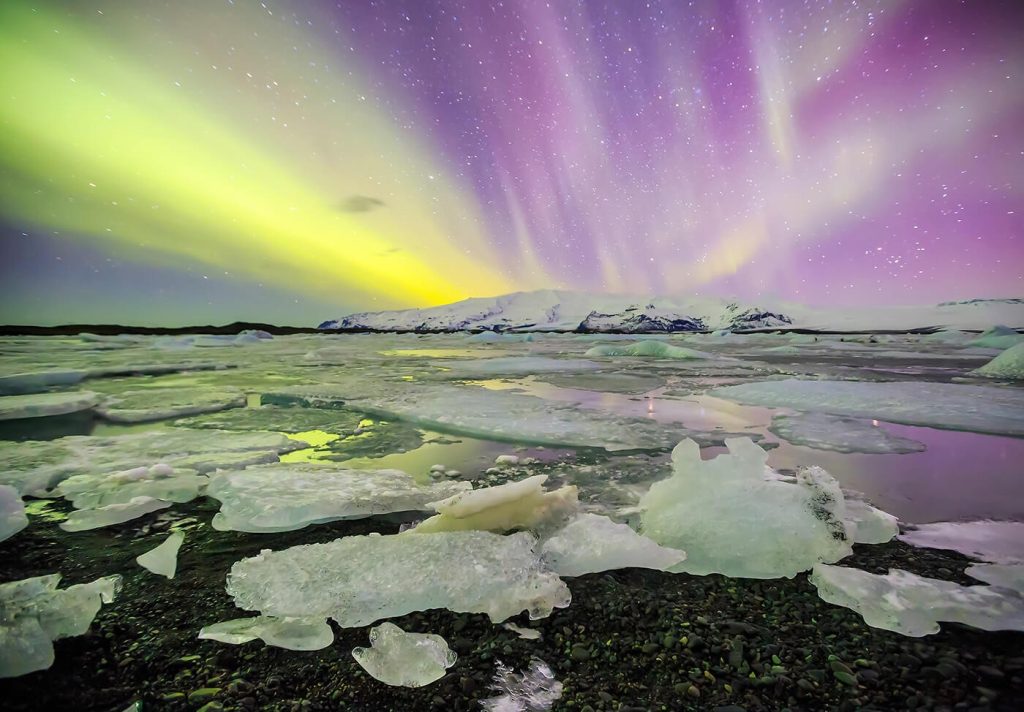
Reykjavik is the capital and cultural centre of Iceland, offering a wealth of attractions and entertainment. Here, you can see the northern lights from September to April — as long as you get away from the city lights. Jökulsárlón is a glacial lake in southeast Iceland that is filled with icebergs and surrounded by glaciers. Here, you can watch the northern lights above the icy surface with the stars reflected in the water.
Rovaniemi and Ivalo, Finland
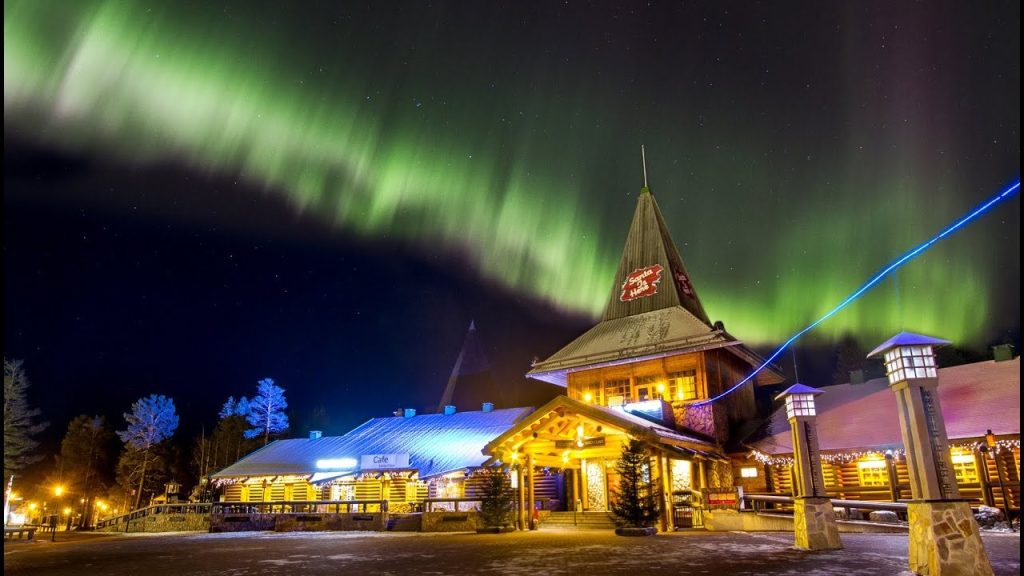
Rovaniemi is a city in northern Finland, which is considered the home of Santa Claus. Here, you can observe the phenomenon from August to April and also visit Santa Claus Village, the Arktikum Museum, and Ranua Park.
Ivalo is a small town in Lapland, acting as a base for excursions to Urho Kekkonen National Park. This is the ideal place, away from civilisation, where you can see the northern lights in Finland, try dog sledging and snowmobiling, and visit the famous Finnish saunas.
Tromsø, Kirkenes and Svalbard, Norway
Tromsø is a large city in northern Norway, which is called the capital of the aurorae. There, you can see the northern lights from October to March during the polar night.
Kirkenes is a city in northeastern Norway, bordering Russia. In Kirkenes, you can watch the aurora from October to March, as well as take a cruise on the Barents Sea, visit the border zone museum and the snow hotel.
Svalbard is an archipelago in the Arctic Ocean and is the northernmost inhabited place in the world. Here, aurorae will be clearly visible from November to February during the polar night. You can also see polar bears, walruses and seals here, and visit the Polar History Museum.
Fairbanks, Anchorage, Denali National Park, Alaska

Fairbanks is the best town where you can see the northern lights in Alaska. It is located in the state’s centre, so you can enjoy the view without leaving the city limits. You can also visit the Aurora Ice Museum to admire the ice sculptures and warm yourself up with an appletini (apple martini) in an ice glass.
Anchorage is the largest and most populous city in Alaska, located in the southern part of the state. Here, you can see the northern lights if you drive a few kilometres away from the city lights. During the day, you can also take a train or a bus trip to other places where you can observe the northern lights, such as Seward, Valdez or Talkeetna.
Denali National Park is one of the most famous and beautiful national parks in the United States, located in southern Alaska. Here, you can watch the northern lights over majestic mountains, forests and rivers while personally experiencing the diverse wildlife of the northern forests — bears, deer, wolves, and moose. For the best view, we recommend staying at one of the park’s lodges or campsites, such as the famous Sheldon Chalet, or hiring a shuttle to take you further afield.
The Yukon, Jasper National Park, Canada
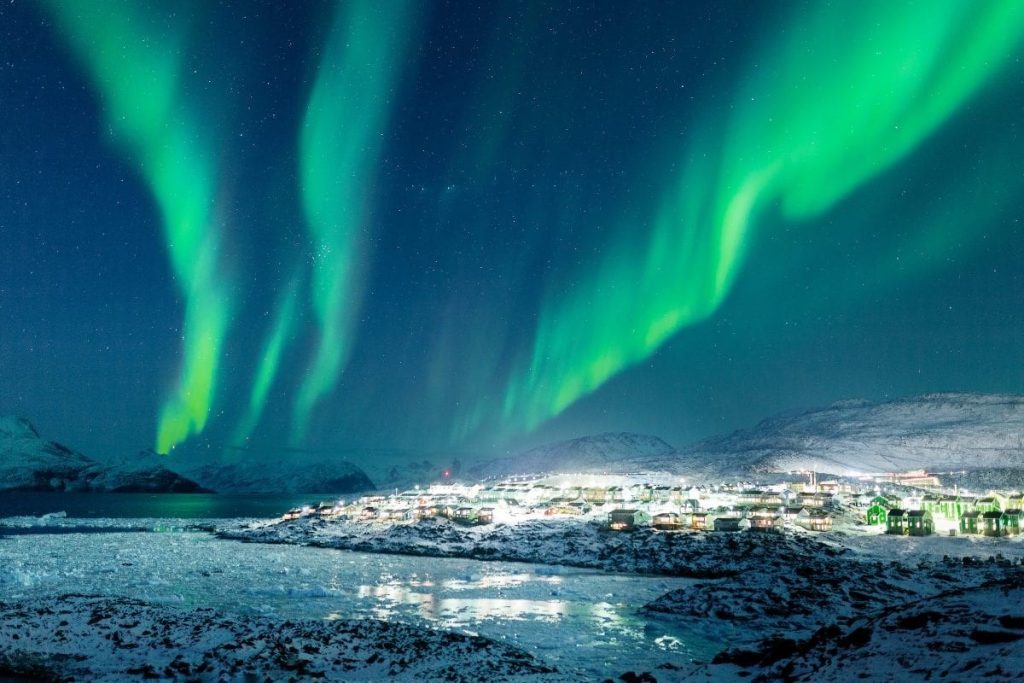
Yukon is Canada’s smallest territory, but the most wonderful and ideal place to see aurorae. Go there during the winter months, when the nights last long, and you can continuously admire this natural wonder.
Jasper National Park is called a dark sky preserve, making it ideal for observing the night sky and aurorae when the conditions are favourable. During the day, you can enjoy magnificent scenery and numerous outdoor activities, while at night, you can look up and contemplate the unique view of the northern lights. The best time to visit Jasper is February, during the annual celebration of Jasper’s incredible dark skies.
Where can you see the northern lights in the UK
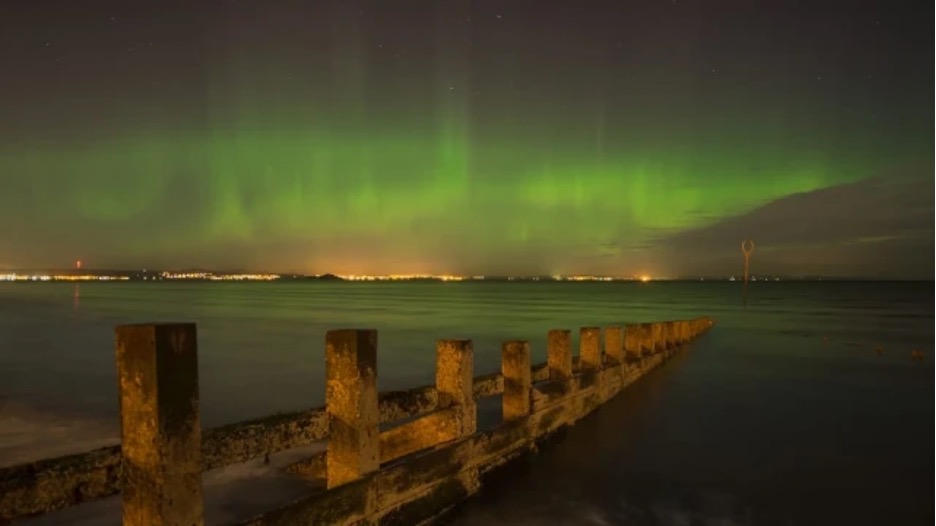
Scotland is obviously the best place to witness the aurorae, but England and Wales can also host some spectacular light shows.
England
The northernmost county is known to have the darkest sky. This makes Northumberland an ideal spot for aurorae sightings. It is most often observed near Berwick-on-Tweed and over Kielder Park. Even if you are not lucky to see the aurorae, you can still enjoy the view of the starry sky and the Milky Way with the naked eye.
There are observed cases of northern lights in Oxfordshire areas. Even if not at its full glory, this phenomenon will still look quite harmonious against the backdrop of a rather stark local nature. Well, if you visit Exmoor National Parks, The North Yorkshire Moors, Danby and Sutton Bank, or the Astronomical Society’s Scarborough and Ryedale Observatories in Dolby Forest, you may have much better luck.
Wales
There are cases when the northern lights appeared over the Brecon lighthouses. In general, the entire Brecon Beacons National Park is ideal for observation, as it has been declared an International Dark Sky Sanctuary. Come to Wales in early autumn or early spring and book a special tour that starts in Libanus. You will watch the stars and, quite possibly, become a witness to this beautiful phenomenon.
Where in Scotland can you see the Northern Lights?
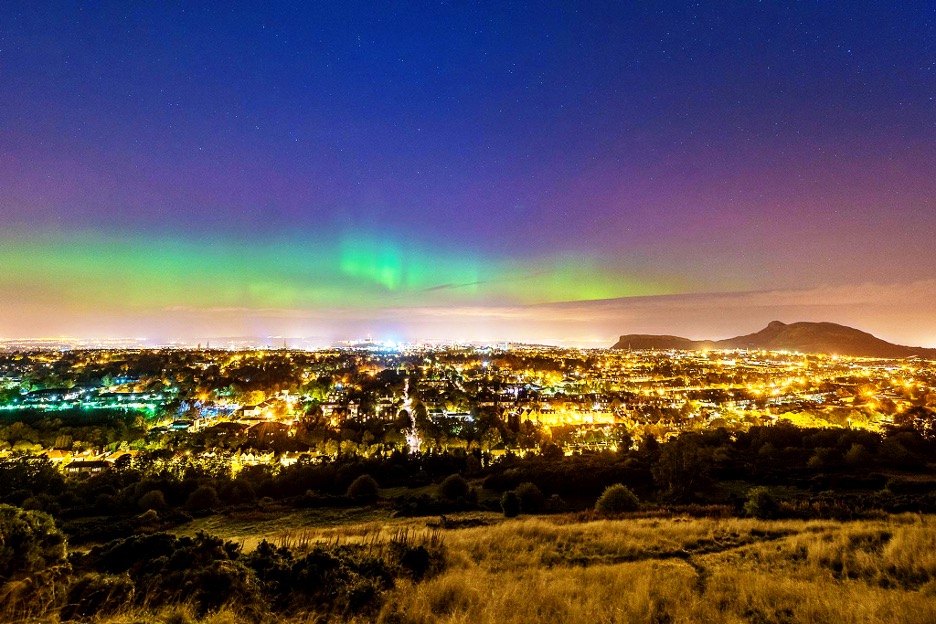
The further north you head, the more likely you are to see the Northern Lights, so Shetland is the perfect place to observe this phenomenon at its best. You can also go to Aberdeenshire, Tomintoul or Glenlivet, the Inner Seas coast, climb the mountains of the Cairngorms or Arthur’s Seat in Edinburgh Holyrood Park. The complete absence of light pollution in these areas gives a unique opportunity to capture aurorae at their best, with all the nuances and modulations.
But the best way to observe the aurora is from space. And it’s not a joke. From orbit, auroral ovals are constantly visible; moreover, you can watch them simultaneously and over large territories, both in the northern and southern hemispheres. All that’s left is to wait until space tourism becomes commonplace so that we can enjoy this miracle in all its glory. But this is a topic for another article.
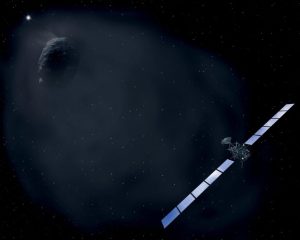



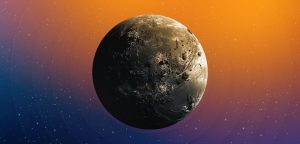

Thank you for your comment! It will be visible on the site after moderation.